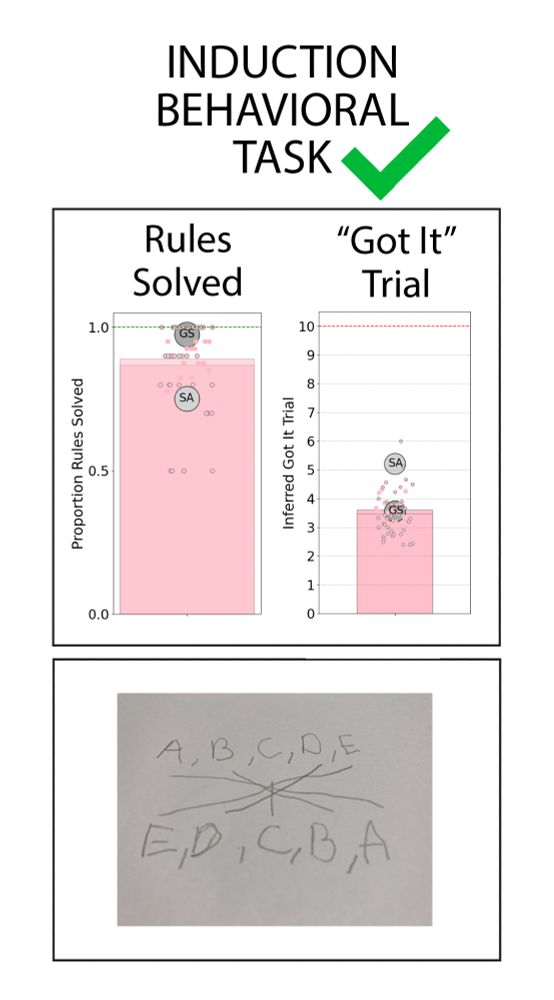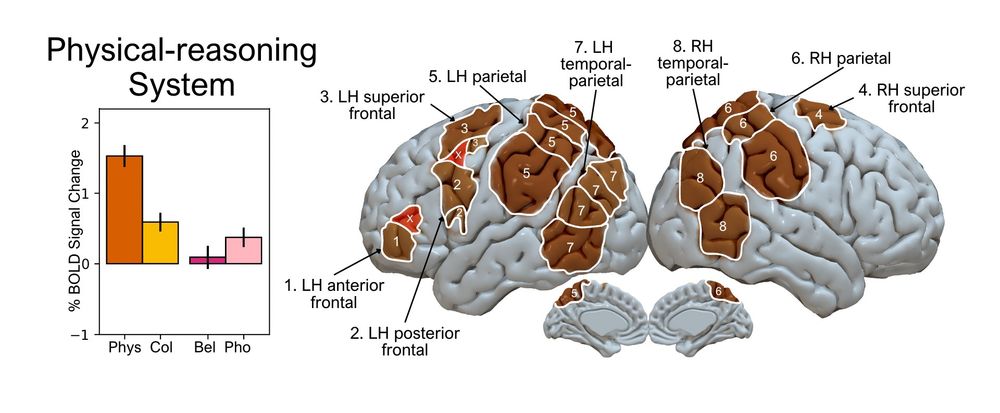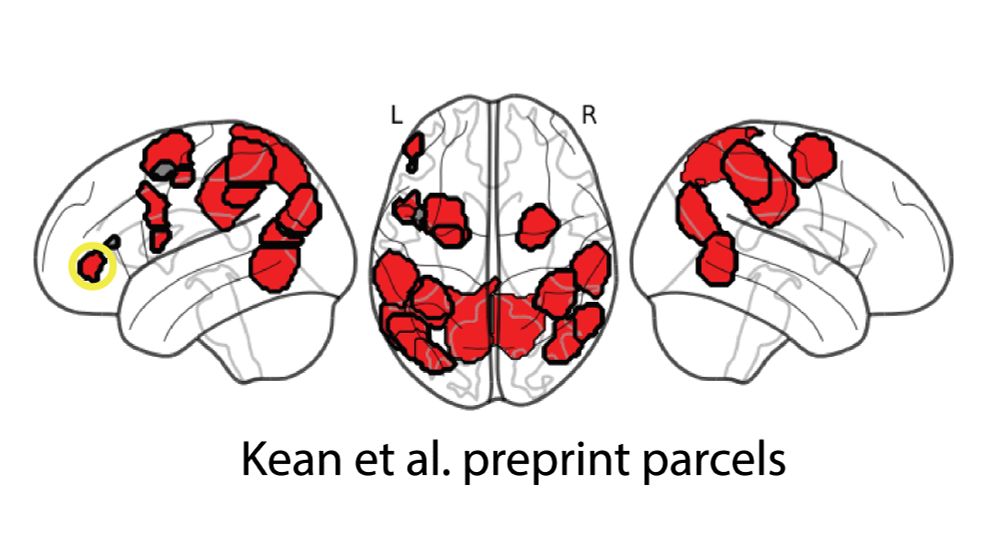Posts
Media
Videos
Starter Packs
Hope Kean
@hopekean.bsky.social
· Aug 3
Hope Kean
@hopekean.bsky.social
· Aug 3

Evidence from Formal Logical Reasoning Reveals that the Language of Thought is not Natural Language
Humans are endowed with a powerful capacity for both inductive and deductive logical thought: we easily form generalizations based on a few examples and draw conclusions from known premises. Humans al...
tinyurl.com
Hope Kean
@hopekean.bsky.social
· Nov 27
Hope Kean
@hopekean.bsky.social
· Nov 27
Hope Kean
@hopekean.bsky.social
· Nov 27
Hope Kean
@hopekean.bsky.social
· Nov 27
Hope Kean
@hopekean.bsky.social
· Nov 27
Hope Kean
@hopekean.bsky.social
· Nov 27

Intuitive physical reasoning is not mediated by linguistic nor exclusively domain-general abstract representations
The ability to reason about the physical world is a critical tool in the human cognitive toolbox, but the nature of the representations that mediate physical reasoning remains debated. Here, we use fM...
tinyurl.com















